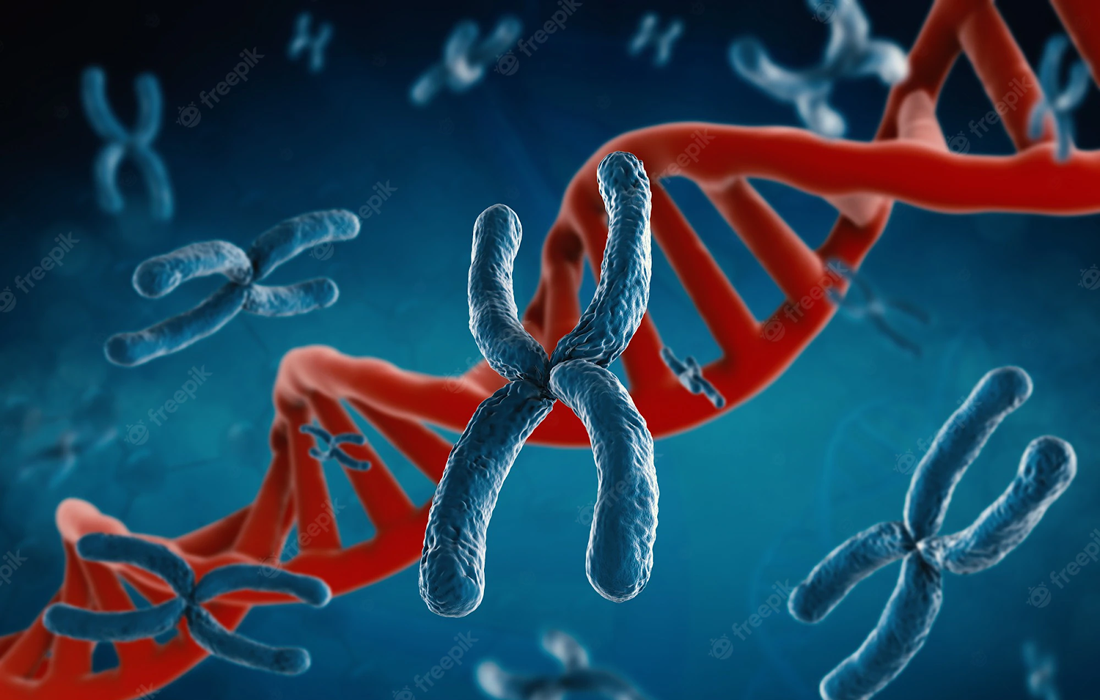Regenerative Medicine News and General Information
Gene Therapy Improves Huntington’s Disease Symptoms, New Study
Huntington’s disease (HD) is a neurological disorder that causes progressive loss of movement, coordination and cognitive function. It is caused by a mutation in a single gene called huntingtin or HTT. More than 200,000 people worldwide live with the genetic condition, approximately 30,000 in the United States. More than a quarter of a million Americans are at risk of inheriting HD from an affected parent. There is no cure.
But in a new study, published December 12, 2022 in Nature Neuroscience, researchers at University of California San Diego School of Medicine, with colleagues elsewhere, describe using RNA-targeting CRISPR/Cas13d technology to develop a new therapeutic strategy that specifically eliminates toxic RNA that causes HD.
CRISPR is known as a genome-editing tool that allows scientists to add, remove or alter genetic material at specific locations in the genome. It is based on a naturally occurring immune-defense system used by bacteria. However, current strategies run the risk of off-target edits at unintended sites that may cause permanent and inheritable chromosomal insertions or genome alterations. Because of this, significant efforts have focused on identifying CRISPR systems that target RNA directly without altering the genome.
In the case of HD, the condition is caused by repetitive and damaging sequences in the HTT gene.
Our cells have a hard time copying repetitive DNA, and these copying errors can cause repetitive sequences to grow longer with each generation,” said senior study author Gene Yeo, PhD, professor of cellular and molecular medicine at UC San Diego School of Medicine.
New study
They used viral vehicles to deliver the therapy to neuronal cultures, which were developed from stem cells derived from patients with HD, and found that the approach not only targeted and destroyed mutant RNA molecules, but also cleared out toxic protein buildup. They also demonstrated that expression of other human genes was generally not disrupted by the therapy.
They found that the therapy improved motor coordination, attenuated striatal degradation and reduced toxic protein levels in a mouse model of HD. The improvements lasted for at least 8 months without adverse effects and minimal off-target effects on other RNA molecules.
This is an improvement over current RNA-targeting approaches, including small molecules with limited target specificity compared to Watson–Crick base pairing and RNAi compounds that may deplete the endogenous RNAi machinery and cause undesired global alterations in gene expression.
SOURCE:
Kathryn H. Morelli, Qian Wu, Maya L. Gosztyla, Hongshuai Liu, Minmin Yao, Chuangchuang Zhang, Jiaxu Chen, Ryan J. Marina, Kari Lee, Krysten L. Jones, Megan Y. Huang, Allison Li, Charlene Smith-Geater, Leslie M. Thompson, Wenzhen Duan, Gene W. Yeo. An RNA-targeting CRISPR–Cas13d system alleviates disease-related phenotypes in Huntington’s disease models. Nature Neuroscience, 2022; DOI: 10.1038/s41593-022-01207-1

